Vent bathroom fans through roof or gable wall?
lilnsam
8 years ago
Featured Answer
Sort by:Oldest
Comments (10)
Related Discussions
bathroom exhaust fan/ attic gable vent
Comments (2)It was probably the soffitt vent. I would never connect my fans to anything other than a roof vent where it escapes outside my house. Our GC connected all of ours to soffitt vents. That is the bare minimum to pass code (at least 14 years ago). Our new Panasonic instructions state clearly they are to be exhausted out the roof. We had our Solatube installer fix them....See MoreVenting 2 bathroom fans
Comments (3)You may want to crosspost this in Heating and A/C, there's a lot of HVAC folks there who can confirm, but I looked into this (we are also in Wisconsin) when we were adding a fan to our master bath and it was a no-go because of backdraft, iirc. Can't remember if it was against state building code or just not recommended. We ended up just running it straight up through the roof - just do (or have done) a proper installation with the right materials and you shouldn't have any leaks....See More4" Bathroom vent through 4" roof vent has lots of space?!?
Comments (10)AhhHaa,if the jack was desighned for rubber shield,that might fit better than conventional metal collar. At any rate,the space between pipe and jack is normal because (A) The jack also work's for double wall pipe from gas water heater which is a little fatter and (B) The space alow's air space when single wall pipe is hot....See MoreBathroom Fan/Vent Roof Cap Question
Comments (2)Thanks PPF, I saw those. They say its is for 3" and 4" but it has a 4" hole and no sleeve mechanism. So my 3" duct penetrating through the roof will have to be enlarged above the roof cut and somehow joined to the receiver in the vent cap. There is <3/4" clearance between the base and the 4" receiver hole in the unit to accommodate a reducer without having to cut 4" into the roofing deck to make room. Reducers with clearance to join both ends would need 3-4". I can either fashion something and tape it all up and hope for the best or I can simply extend the 3" pipe into the 4" receiver as far as possible and hope that the general seal around 3/4 of the base of the unit is enough to allow the venting air to activate the baffle and exit without too much bleed. The unit also seems to have a really small base which does not provide much flashing surface to mount under the shingles. May not be a concern but it does seem to be narrower than other models. Thanks for the suggestion. I will have to think on it some more....See Morelilnsam
8 years agolilnsam
8 years agoUser
8 years ago
Related Stories
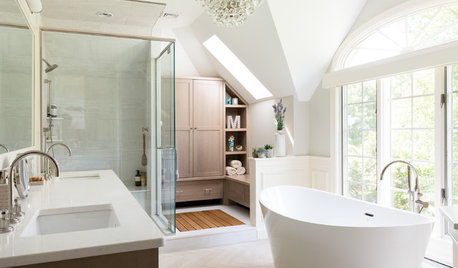
BATHROOM WORKBOOKStandard Fixture Dimensions and Measurements for a Primary Bath
Create a luxe bathroom that functions well with these key measurements and layout tips
Full Story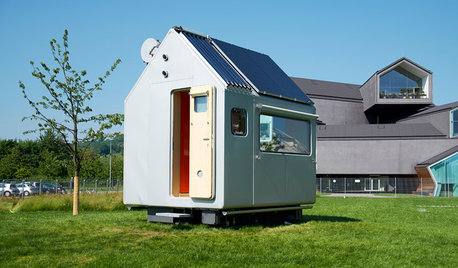
MODERN ARCHITECTUREThe Gable Goes Mobile, Micro and Mod
Three ingenious tiny homes feature the familiar peaked roof in unexpected ways
Full Story
PETSA Romp Through Pet-Friendly Materials
Deceptively durable, these stylish flooring materials and fabrics let you give Fluffy the run of the house
Full Story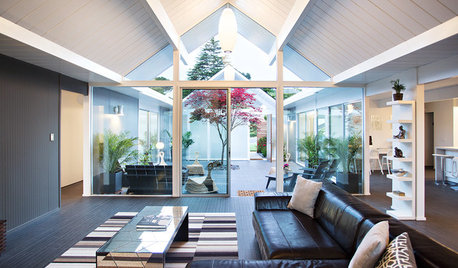
HOUZZ TVHouzz TV: Reinvigorating a Gable Eichler for a Family
Its classic open atrium remains, but updates help this California home meet today’s codes and quality standards
Full Story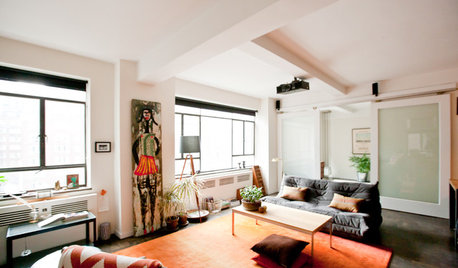
HOUZZ TOURSMy Houzz: Personality Radiates Through a Sunny Manhattan Apartment
Sculptural lighting and eclectic artwork give a creative couple's New York City apartment personal flair
Full Story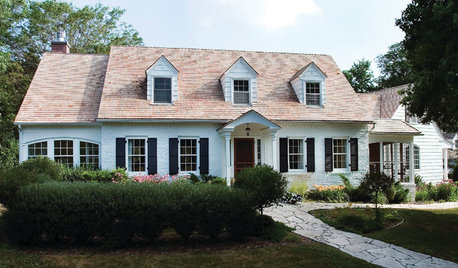
TRADITIONAL ARCHITECTURERoots of Style: Georgian Homes Offer Familiarity Through the Ages
Americans have been embracing this interpretation of classical architecture since the 1700s. Does your home show off any Georgian details?
Full Story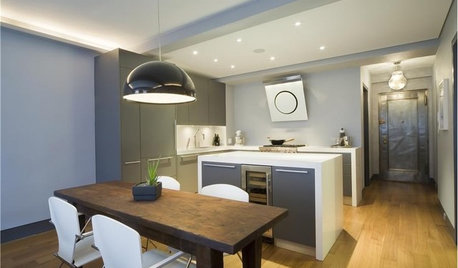
KITCHEN DESIGNHow to Choose the Right Hood Fan for Your Kitchen
Keep your kitchen clean and your home's air fresh by understanding all the options for ventilating via a hood fan
Full Story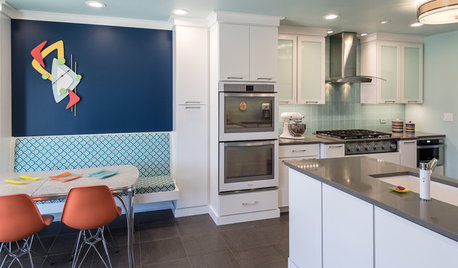
KITCHEN OF THE WEEKKitchen of the Week: Fans of Traditional Style Go For a ‘Mad Men’ Look
The TV show inspires a couple to turn their back on the style they knew and embrace a more fun and funkier vibe in their kitchen
Full Story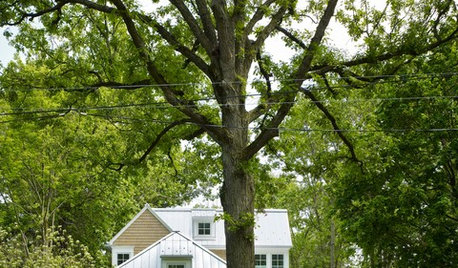
TRADITIONAL ARCHITECTUREModern Marries Traditional in a Chicago 'Shotgun' Home
Empty nesters enjoy a house that blends gable roofs and oak paneling with stainless steel, open spaces and bright interiors
Full Story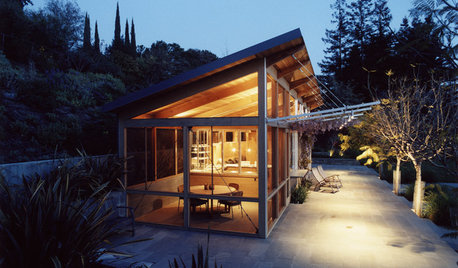
ARCHITECTUREDesign Workshop: The Shed Roof
This popular — and versatile — form straddles the divide between contemporary and traditional styles
Full Story


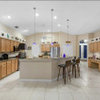
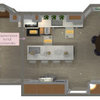
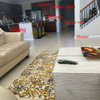

User